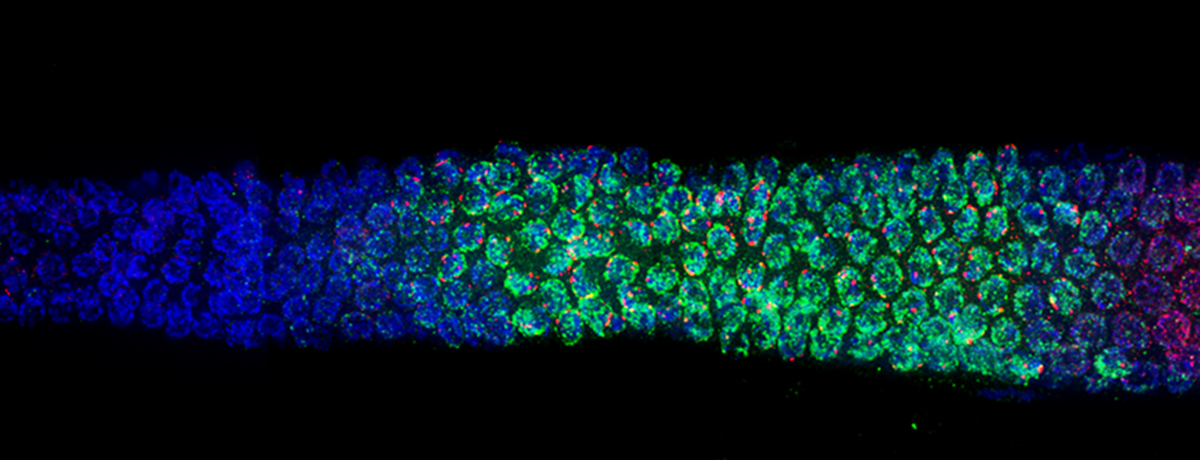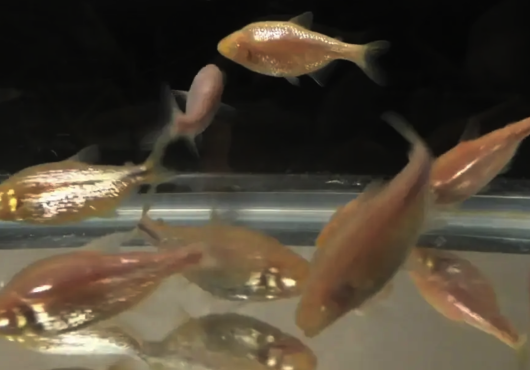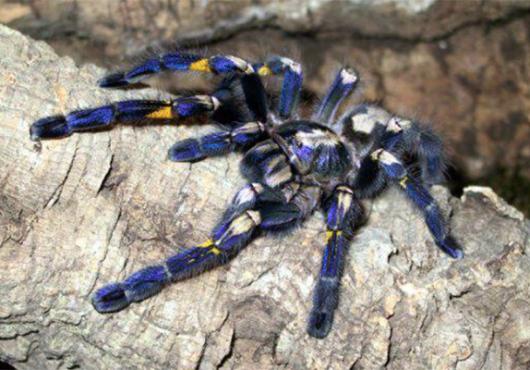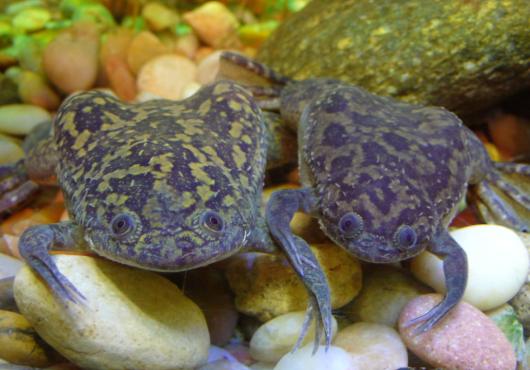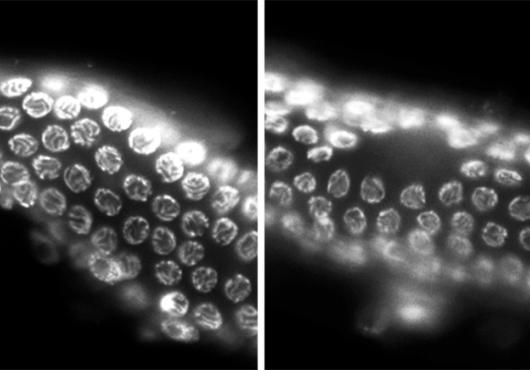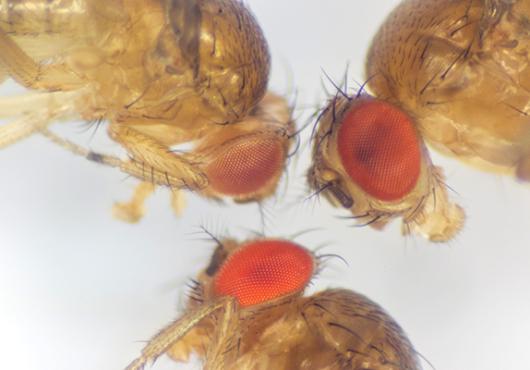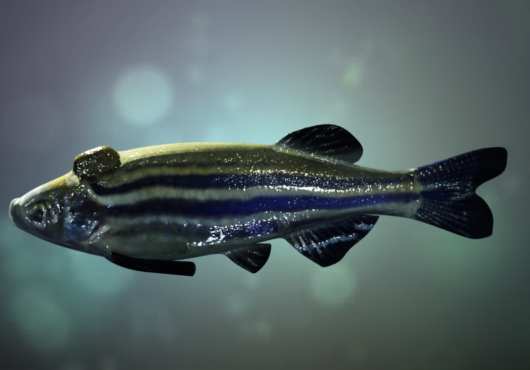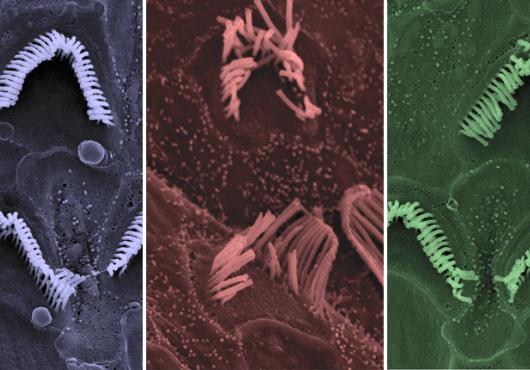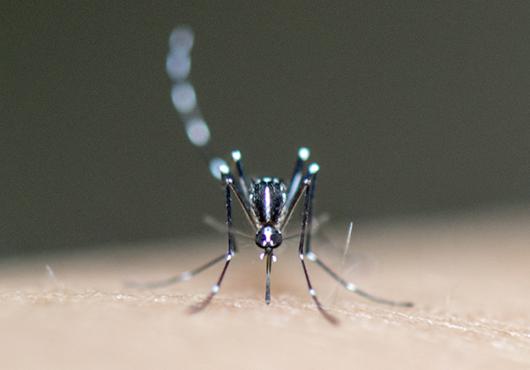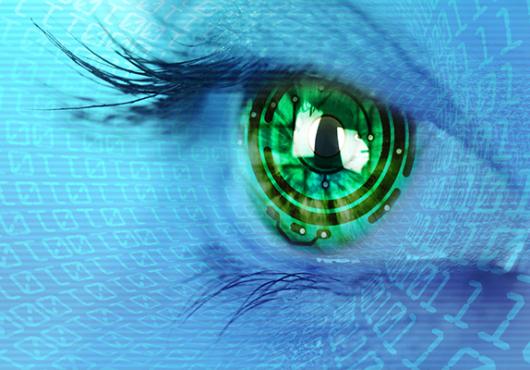Animal models by type of research
- As the powerhouses of animal research, mice and rats help researchers understand how organs and organ systems function both in health and disease. For example, mice and rats can be used to understand the role that genes play both in normal biologic function and in processes that give rise to various diseases. These animal models are used to unravel the basic mechanisms that underlie behavior, cognition, memory formation, and aging. Studies in mice allow scientists to probe the roots of cardiovascular illness, neurodegeneration, metabolic diseases, immune disorders, and many more.
- Mice and rats also offer suitable systems to study the effects of various treatments and whether they are likely to help or harm people. The first chemotherapies were developed thanks to tests done in mice.
- Drosophila melanogaster fruit flies are a long-standing staple of research in genetics and developmental biology. Their black-and-white striped chromosomes make it easy to study how chromosomes reorganize during cell division. With sophisticated muscular and nervous systems and genomes that contain about 75 percent of the genes that cause disease in humans, fruit flies help scientists understand how a range of illnesses arise and how they might be treated.
- In addition to embryonic development, zebrafish are becoming common models for biochemistry, cell biology, genetics, and even neuroscience. About 70 percent of zebrafish genes have equivalents in humans.
- The clear bodies, well-documented genetics, and similarity of many C. elegans genes to human genes have been invaluable in illuminating gene function, reproductive biology, and cell death; probing the roots of neurological, heart, and kidney diseases and cancers; and uncovering the benefits and side effects of drugs and environmental exposures.
- Frogs and salamanders make good models to study evolution, limb regeneration, reproduction, and the effects of climate change on biological processes. They and other reptiles are also helpful in illuminating processes involved in the processing of toxic substances, as well as in cardiovascular and endocrine functions.
- Birds, from chickens to pigeons to parrots, offer special opportunities to investigate aging, cognition, memory, speech, learning, parasitology and virology, reproduction and development, and the visual system. Some of them naturally experience diseases such as artery hardening and ovarian cancer. Chicken eggs enable the production of many vaccines, including the seasonal flu vaccine.
- Guinea pigs’ hormonal and immunological similarities to humans have made them useful models to study infectious diseases such as tuberculosis, syphilis, and stubborn Staphylococcus aureus infections.
- Hamsters help scientists understand diabetes, heart disease, reproductive hormones, circadian rhythms, cancer, and many infections, including those by SARS and Ebola viruses.
- With their big ears, chinchillas have served as standard models for studies of hearing and ear infections.
- Gerbils’ brain anatomy has assisted researchers in understanding strokes.
- Rabbits are especially helpful in research on heart disease, immunology, and drug safety during pregnancy. They made possible the development of in vitro fertilization and the first rabies vaccine.
- Similarities between humans and nonhuman primates mean that no other animal model is as well suited for studying things like human aging, neurodegeneration, cardiovascular function, cognition, development, immunity, reproduction, and social behavior. Nonhuman primates allow scientists to understand biological phenomena unique to our branch of the tree of life and to be as certain as possible that select new treatments and vaccines are safe and effective before they enter human clinical trials. They help scientists understand everything from HIV/AIDS to facial recognition to autism. Research in nonhuman primates has given us incubators for premature babies, immune-suppressing drugs that allow the body to accept transplanted organs, and COVID-19 vaccines.
